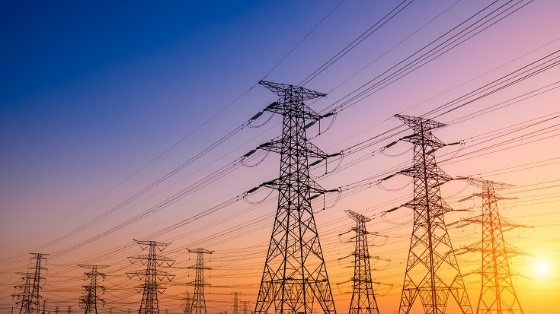US AI Data Center Power Demand: A Multibillion-Watt Challenge
The US is at the forefront of AI data center investment, with President Trump’s Stargate Project aiming to fund AI infrastructure by 2028. This USD500bn initiative is part of a series of large investments in AI and data centers by the US tech industry. As the largest AI market, the US is not only a hub for innovation but also a testing ground for global energy transition risks.

Nuclear Power: No Panacea for 2030
Despite renewed interest in nuclear energy, particularly small modular reactors (SMRs), concrete action has yet to occur. As of January 2025, 20 SMR projects were proposed in the US, but only 1.5GW is expected to be deployed before 2030. SMRs offer a more flexible and scalable solution compared to traditional large-scale reactors, with key features including:
- Compact design
- Scalability
- Flexibility
- Advanced safety features
- Lower capital costs
- Reduced construction time
- Environmental benefits
Solar and Battery Storage: Silver Linings for Hyperscaler Growth
Solar energy has seen remarkable expansion across the US, with new utility-scale solar capacity rising by 32GW last year. Hyperscalers have increasingly favored solar energy and battery storage to power AI data centers due to cost efficiency and quick deployment. However, solar’s intermittency requires coupling with either a baseload power generation source or a battery storage solution.
Power Grids: Vulnerable to the AI Power Shock Wave
The US grid is facing significant integration challenges, with nearly 1,570GW of generator capacity and 1,030GW of storage capacity queued for interconnection as of the end of 2023. Building grid infrastructure can take over a decade, with the planning and permitting process being a significant obstacle.
Baseload and Transmission Capacity Constrain Demand Growth
“An increase in AI data center demand on the grid requires increases in baseload (thermal) capacity and transmission capability between regions,” commented Jason Ying, Commodities Desk Strategist at BNP Paribas. “Microgrids could offer a viable solution,” he added. Demand-side flexibility is another way to mitigate surging power demand by shifting data processing workloads to times or regions where the grid is less constrained.
The team expects different demand scenarios to play out depending on infrastructure, technologies, and project lead times. Microgrids may offer a solution that could satisfy rapidly increasing demand growth, leveraging SMRs and renewable technologies while bypassing grid interconnection issues.

